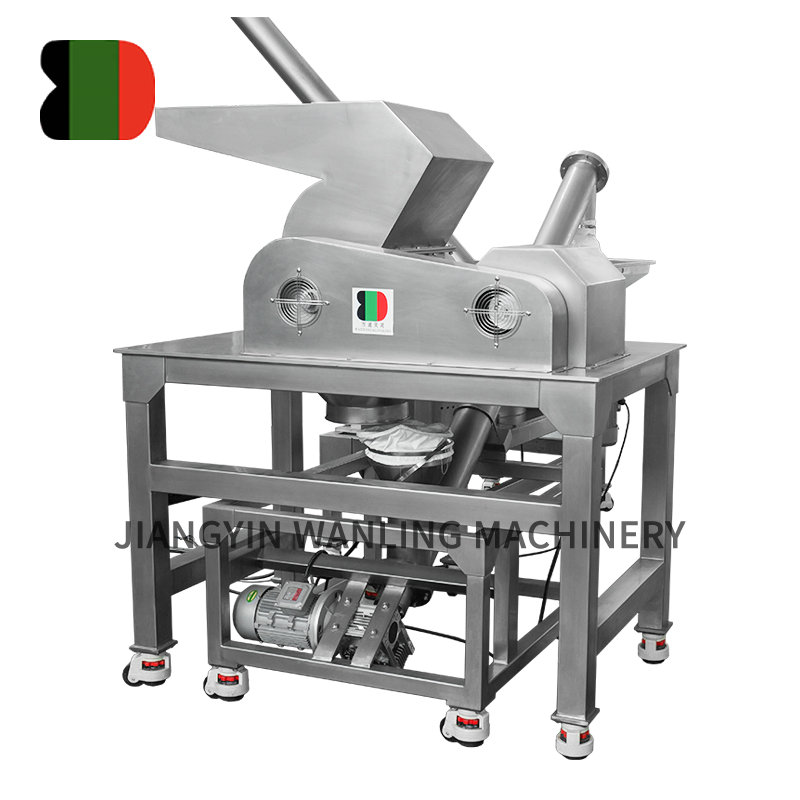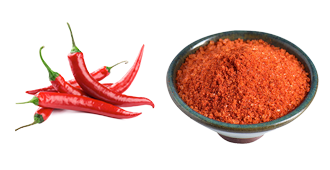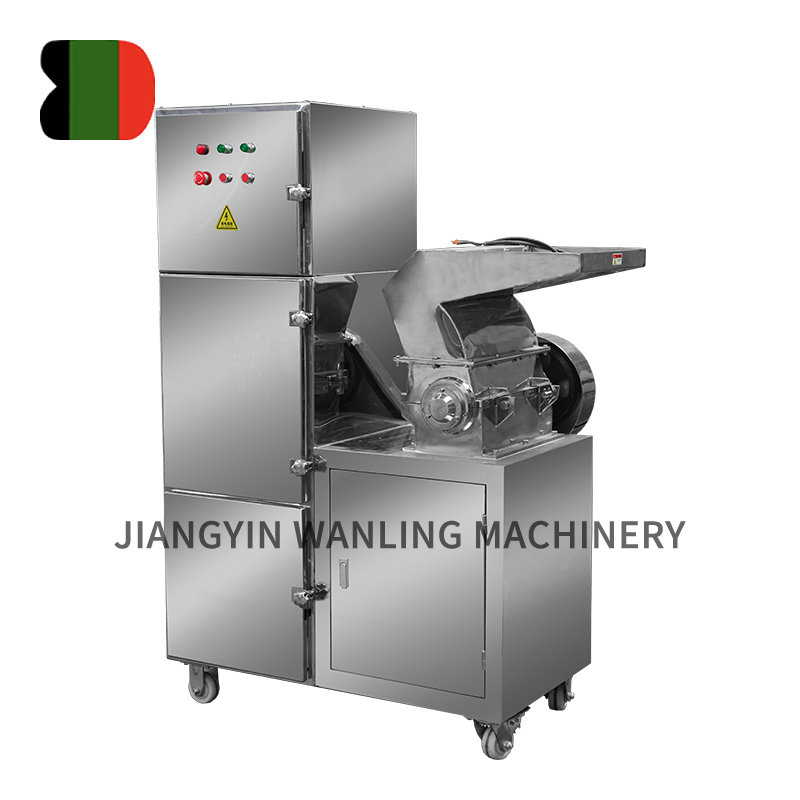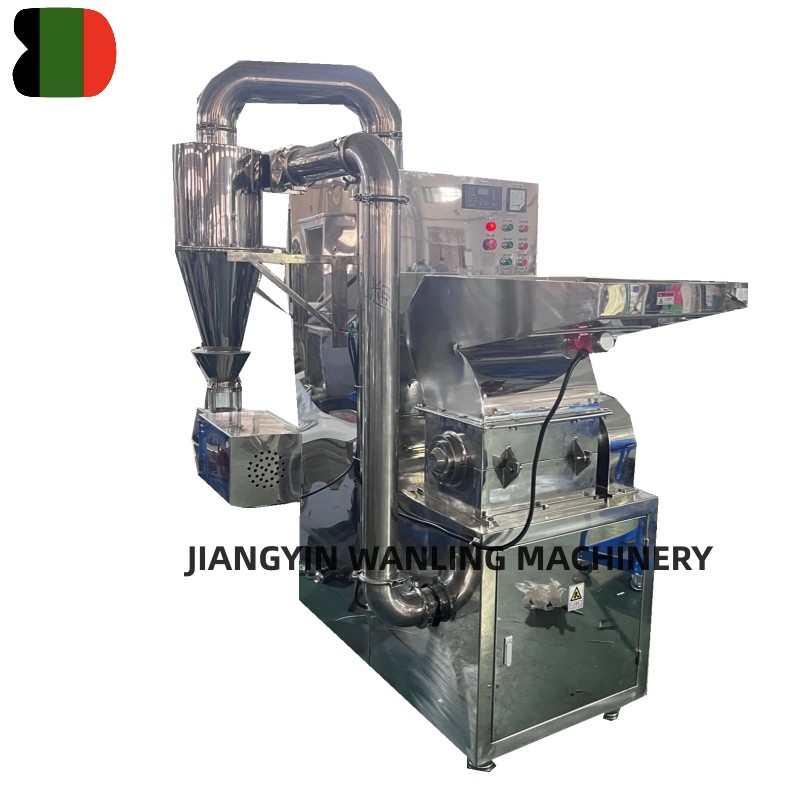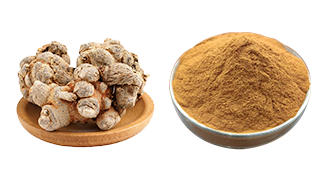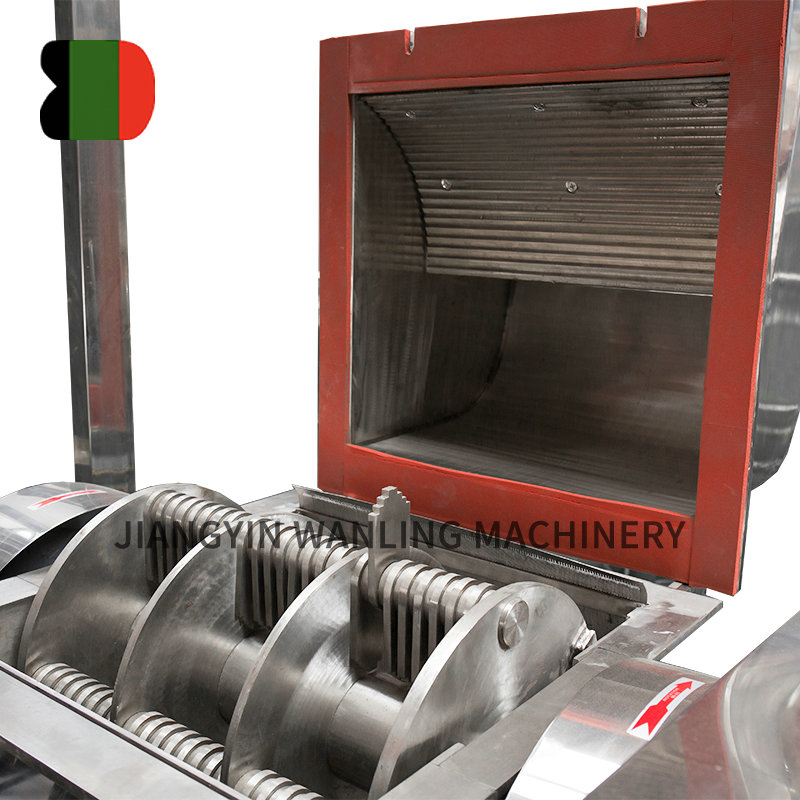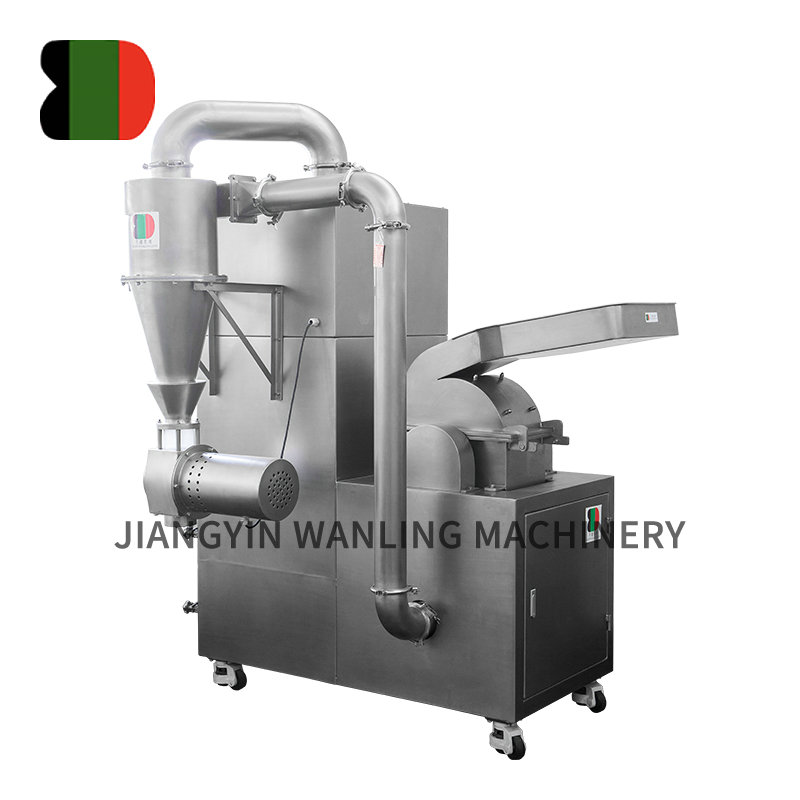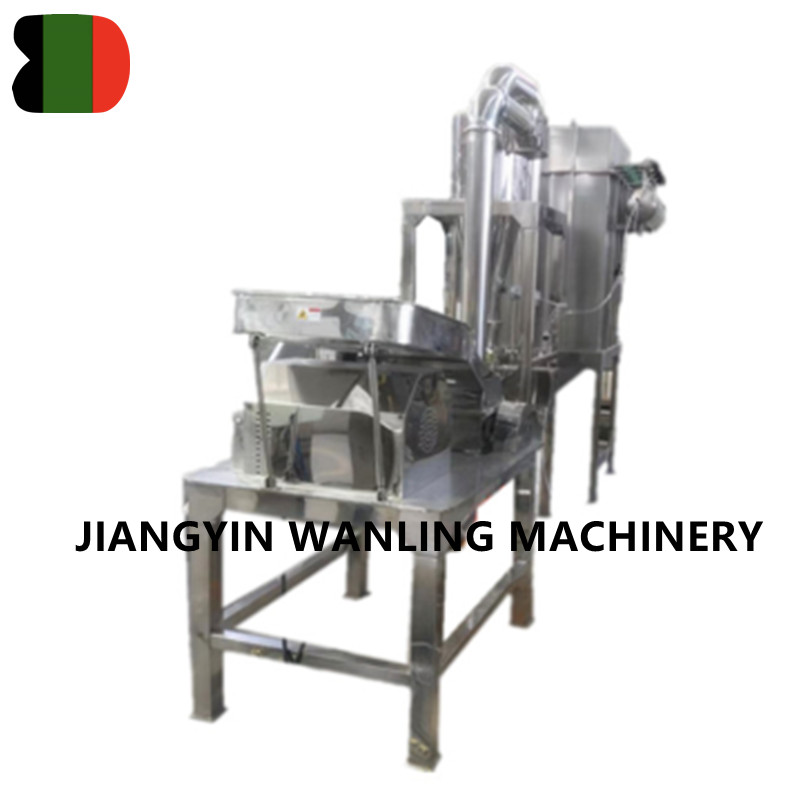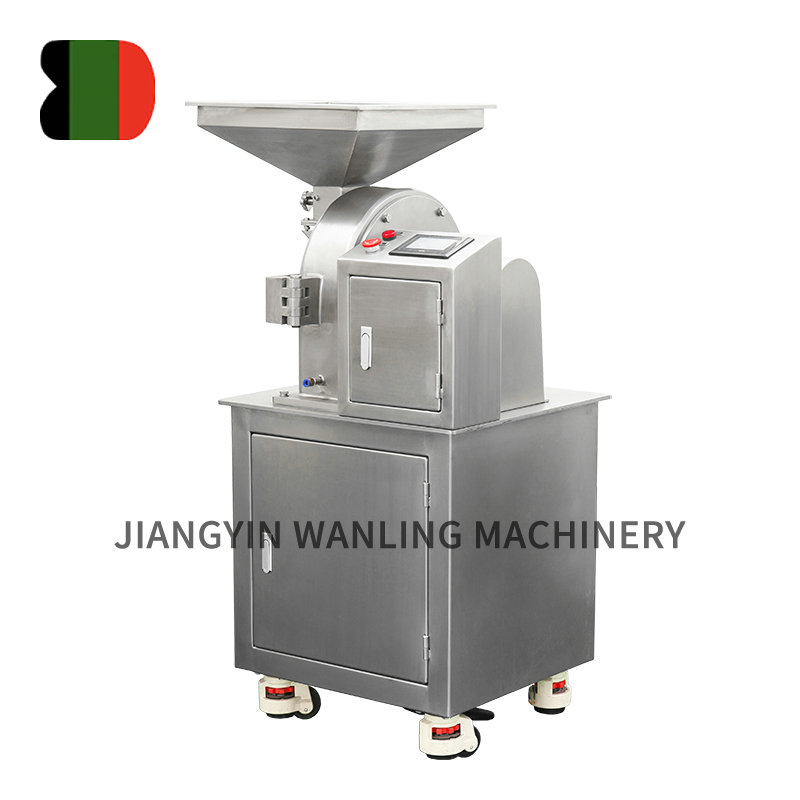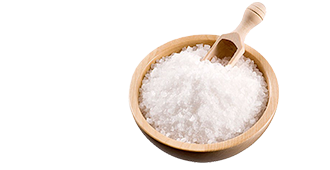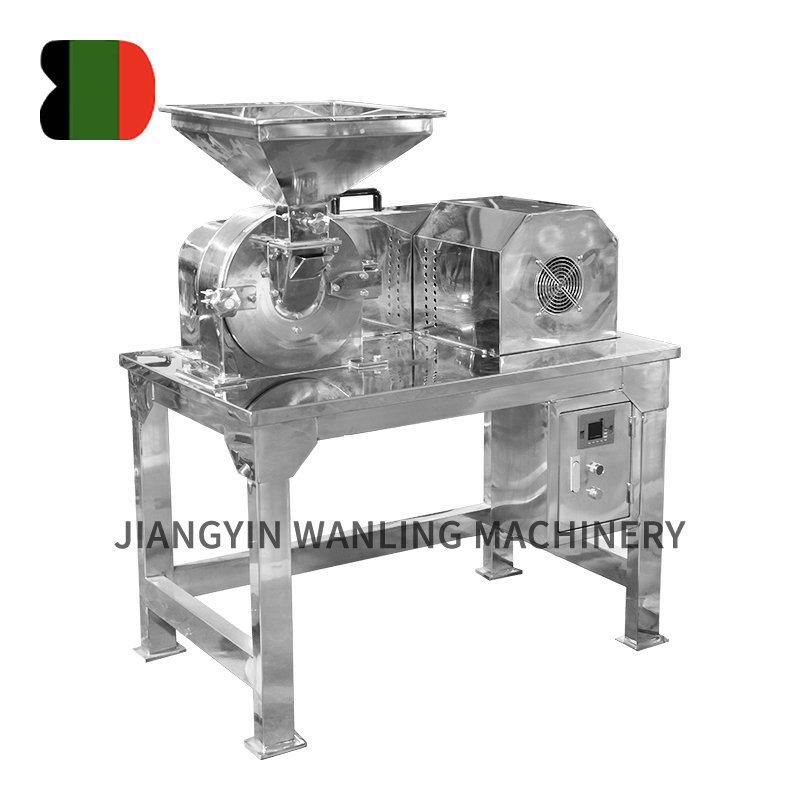1. Impact of Material Shape on Granulation
Irregular-Shaped Materials
Characteristics: Irregular materials often have uneven surfaces, angles, and edges. These materials are harder to cut consistently and may have an unpredictable flow through the granulator machine. Examples include shredded plastic scraps, mixed waste materials, or certain aggregates.
Impact on Granulation:
Inconsistent Cutting: Irregular shapes may lead to non-uniform granule sizes because the material doesn't feed into the granulator in a predictable way. The granulator may struggle to grip or cut the material evenly.
Feed Issues: Irregularly shaped materials may cause blockages or feeding inconsistencies, especially if the material has a high degree of variation in size or shape.
Higher Energy Consumption: The energy required to cut irregularly shaped materials may be higher due to uneven material distribution in the cutting chamber, leading to additional wear on the blades and increased operational costs.
Spherical Materials
Characteristics: Spherical materials are round and uniform in shape, like certain pellets, small balls, or spherical granules. They tend to have smooth surfaces that roll easily.
Impact on Granulation:
Easy Flow: Spherical materials tend to flow smoothly through the feed hopper and into the granulator, reducing the risk of blockages or clogging.
Efficient Cutting: The uniform shape of spherical materials makes them easier to grip and cut, leading to more consistent and uniform granules.
Less Wear on Blades: Since spherical materials don’t present sharp angles or edges, they tend to cause less wear on the cutting blades and screen mesh.
Fibrous Materials
Characteristics: Fibrous materials, like paper, textiles, plant matter, or rubber, have long, thread-like or flexible structures. These materials are resistant to being cut evenly and can easily tangle or wrap around the blades.
Impact on Granulation:
Poor Cutting Efficiency: Fibrous materials are often difficult to cut into small pieces because the fibers tend to stretch or wrap around the cutting blades. This can reduce the effectiveness of the granulator and may lead to clogging.
High Wear and Tear: Fibers can cause wear and tear on the blades, particularly if they wrap around the rotor, potentially leading to frequent maintenance or blade replacements.
Feed Problems: Fibrous materials can cause feeding inconsistencies due to their tendency to tangle and block the feeding system.
2. Configuring the Granulator for Different Material Shapes
Granulators can be configured or adapted in several ways to handle different material shapes effectively, ensuring consistent particle size, throughput, and minimal wear on the machine. Here are some configuration options:
For Irregular-Shaped Materials
Adjustable Rotor Speed: For irregular materials, it's often necessary to adjust the rotor speed to allow the granulator to better grip and break apart the material. Slower rotor speeds may help avoid overloading the machine, while higher speeds may be useful for cutting through thicker or tougher material.
Customizable Knives: Using multi-angle or staggered knives can help improve the cutting efficiency for irregular materials. This allows the granulator to cut materials from different angles, increasing the likelihood of achieving uniform granules.
Feed Rate Control: A variable feed rate can be used to regulate the material input into the granulator. This can help prevent overloads and ensure smoother material flow, even for irregularly shaped materials.
Pre-Shredding: If the irregular material is too large or tough, a pre-shredder or pre-crusher can be used to reduce the size of the material before it enters the granulator. This ensures more manageable pieces that are easier to process.

For Spherical Materials
Higher Rotor Speeds: Spherical materials, due to their smooth and regular shape, can be processed more efficiently at higher rotor speeds. This allows the granulator to quickly break down the material into the desired particle size with minimal energy loss.
Smaller Screen Mesh: To maintain a consistent particle size, granulators processing spherical materials can use smaller screen meshes. This ensures the granules are uniform and of the right size, as the material passes through the screen after cutting.
Less Aggressive Cutting Action: Since spherical materials don’t require aggressive cutting, the machine may be configured with blunt blades or tapered knives to gently break the material apart without excessive wear on the cutting elements.
Minimal Pre-Processing: Spherical materials generally don’t require pre-processing, which makes them easier to handle and feed directly into the granulator.
For Fibrous Materials
Slower Rotor Speeds: Slower rotor speeds can help reduce the risk of fibers tangling around the blades and allow for more controlled cutting of fibrous materials.
Heavy-Duty or Counter-Rotating Blades: Granulators with counter-rotating blades or specialized heavy-duty knives are better equipped to deal with fibrous materials. These blades help to shear the fibers more effectively and prevent them from wrapping around the rotor.
High-Torque Motor: A high-torque motor with variable speed settings can be used to ensure that the granulator can handle the high resistance from fibrous materials without stalling or causing overloads.
Vibration or Oscillating Feeders: For fibrous materials, incorporating vibration or oscillating feeders can help keep the material flowing smoothly into the granulator, preventing clogging and tangling.
Screen Mesh with Larger Openings: Fibrous materials may need larger screen openings to allow the fibers to pass through without clogging the mesh. This ensures smoother flow and less material build-up inside the machine.
General Configurations for All Material Types
Tougher Screen Materials: For materials that are abrasive, such as irregular or fibrous materials, harder, wear-resistant screens may be required to prevent wear and extend the life of the granulator.
Blower or Vacuum System: Adding a blower or vacuum system to the granulator can help remove lighter particles or dust from the cutting chamber, ensuring better material flow and preventing clogging.
Pre-Shredding for Large or Mixed Materials: If materials are large, tough, or consist of mixed shapes, using a pre-shredding step can ensure that the granulator is only processing materials that are of manageable size, reducing the stress on the blades and rotor.



 Español
Español